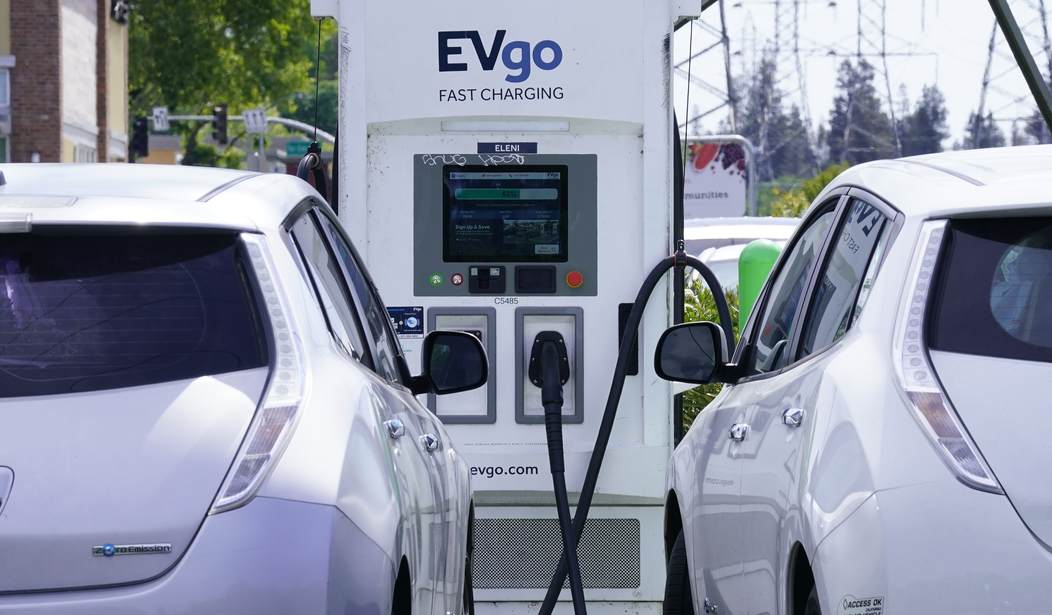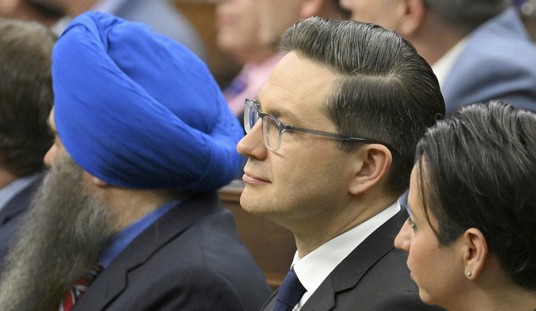Mother Nature rode into O’Hare International Airport on the gales of an El Nino-inspired blizzard, leaving some hapless Tesla drivers stranded at charging stations in Chicago’s western suburbs last week.
Scores of the trendy and battery-dead, EVs were left abandoned and unable to be recharged with temperatures dipping below zero.
The problem with the lithium batteries used in Tesla and other EVs is that they function poorly at low temperatures, as do other electrical batteries in general.
The untimely arrival of a severe cold front dropped temperatures to below zero across Chicago Land, making it virtually certain the rental Teslas and other EVs would become early victims of the weather, with their technical limitations.
What could go wrong?
Delving into the subject reveals intrinsic shortcomings with the lithium-battery technology used both in advanced Teslas and their competition.
Tesla owners are reminded to bring their vehicles into a heated garage overnight, along with their tender house plants, when forecasts call for frost.
More importantly, the Tesla owner’s manual cautions never to recharge a battery when the vehicle is stone-cold. They may require pre-heating.
Tesla engineers incorporate devices intended to prevent battery damage from forced charging under adverse conditions. A damaged battery could easily erupt into flames or even explode, as has been known to happen previously.
At this point, let’s consider the inner workings of a lithium-ion battery and why it fails to recharge properly at low temperature.
The Li+-ion battery has served us well for more than the 30 years, since its introduction in the 1990s.
Just what is this modern marvel?
Recommended
Today's Li-ion batteries are far safer than their early counterparts that spontaneously burst into flame after prolonged heavy use or too rapid recharging.
Chemical batteries have been around for more than two centuries. The earliest ones bore the names of Galvani, Volta and Daniell. But they were invented primarily for use in a laboratory setting.
The lead-acid battery is a common example of an early-arriving rechargeable battery that has also long served by providing the electrical needs of conventional automobiles and in many other applications.
Unfortunately, the lead-acid battery is far too heavy for the limited power it delivers. The dowdy Emerson electric car of the early 20th Century had lost out in competition with gasoline- and diesel-engine powered vehicles by 1920. It was sorely limited in speed and range.
The modern-day EV became practical with the advent of the Li-ion battery in 1991. Toyota’s Prius hybrid first introduced lithium-ion batteries to the automotive market in 2001.
Successive innovations to the lithium-ion batteries currently used today have led to vastly improved EV performance—by extending the driving range, deliverable power, battery durability and safety.
Deliverable power from modern high-performance DC motors is attributed to the basic characteristic of motors that deliver maximum torque at zero rpm (speed), as soon as current is applied.
The acceleration of the Toyota Prius in 2012—following the media circus over the alleged runaway Prius episode—was impressive and attributable to its advanced motor/lithium-ion battery power plant.
What happens within an individual Li+-ion cell depends on the efficient migration (shuttling back and forth) of individual lithium ions within the cell. Simultaneously, an electrical current (mobile electrons) travels via the external circuitry connecting the two terminals of the battery's electrodes.
The flow of electrons performs useful work by energizing a device like a smart phone or an electric motor. Electrons are driven back in the opposite direction by a charging device, either by an onboard electrical generator (EV’s braking system) or, primarily, by the DC charging current (after being rectified) from the power grid at a recharging station.
If the internal temperature of a lithium-ion battery drops to about 32 degrees F., free movement of the migrating lithium ions within the cell is impeded and the charging process is slowed.
Charging is adversely affected if and whenever the lithium metal is deposited on the graphite surfaces (anode matrix) forming needle-like micro-crystals of lithium. Permitted to accumulate, these needles will puncture the membrane separating the cathode and anode compartments.
Should this happen, a dangerous short-circuit may ignite a fire, as hot flammable organic solvents leak and become exposed to air. Cold recharging also creates structural defects in the electrode materials that will eventually degrade efficient battery operation.
What happens in greater detail within the cell is proprietary information. Let’s consider a somewhat simplified picture.
A fully charged lithium-ion cell will have the cathode, consisting of a metal oxide (of cobalt, nickel, iron or some combination) in a condition to accept the Li+ ions migrating from the anode (a graphite particle matrix with lithium atoms distributed within its plate-like graphite layers). When the external circuit is connected by “turning on” the connected device, Li+ ions begin to flow internally from the graphite matrix toward metal oxide particles in the cathode.
Simultaneously, electrons leave the graphite matrix through a collector and continue via the outside circuit driving a motor (or other device).
Those electrons continue through the motor and then back to the cathode where they enter the metal oxide to alter the cobalt to a less positive state, off-setting the positive charge of the Li+-ions that have entered the cathode's metal oxide lattice.
Recharging the cell (or the stack of individual cells making up the battery) involves the reversal of the above-described flow of Li+-ions and electrons.
On arrival back at the anode surfaces through the electrolyte matrix, the Li-ions enter the graphite structure (intercalate), accept an electron, and again revert to a neutral Li atom bound within the graphite structure.
In the process the cathode oxide has released an electron (no longer bound by an offsetting positive charge of the departed Li+-ion) that is routed back through the external circuit to the anode.
The Li+-ions thus retrace their paths. When sufficient recharging has taken place, the voltage of the cell begins to rise and a monitoring device shuts down the operation before damage occurs from overcharging.
If charging were allowed to proceed to a state of overcharge, damage would occur with loss of functional cell life and rendering the battery susceptible to fire.
Engineers and EV manufacturers are acutely aware that attempting to recharge a depleted battery under extreme cold may also result in serious damage.
The same Tesla drivers who were caught up in frigid weather near O’Hare Airport two weeks ago in dead EVs that refused to take a charge were among many unhappy individuals unappreciative of Mother Nature that day.
She is capable of capriciously delivering blizzards and ice storms (or near-record warmth) on the wings of the latest El Nino pattern now firmly in place over the Pacific Ocean, despite the wishes of the EV industry and its powerful political backers.
William D. Balgord, Ph.D., geochemistry, heads Environmental & Resources Technology, Inc. in Middleton, WI.
























Join the conversation as a VIP Member